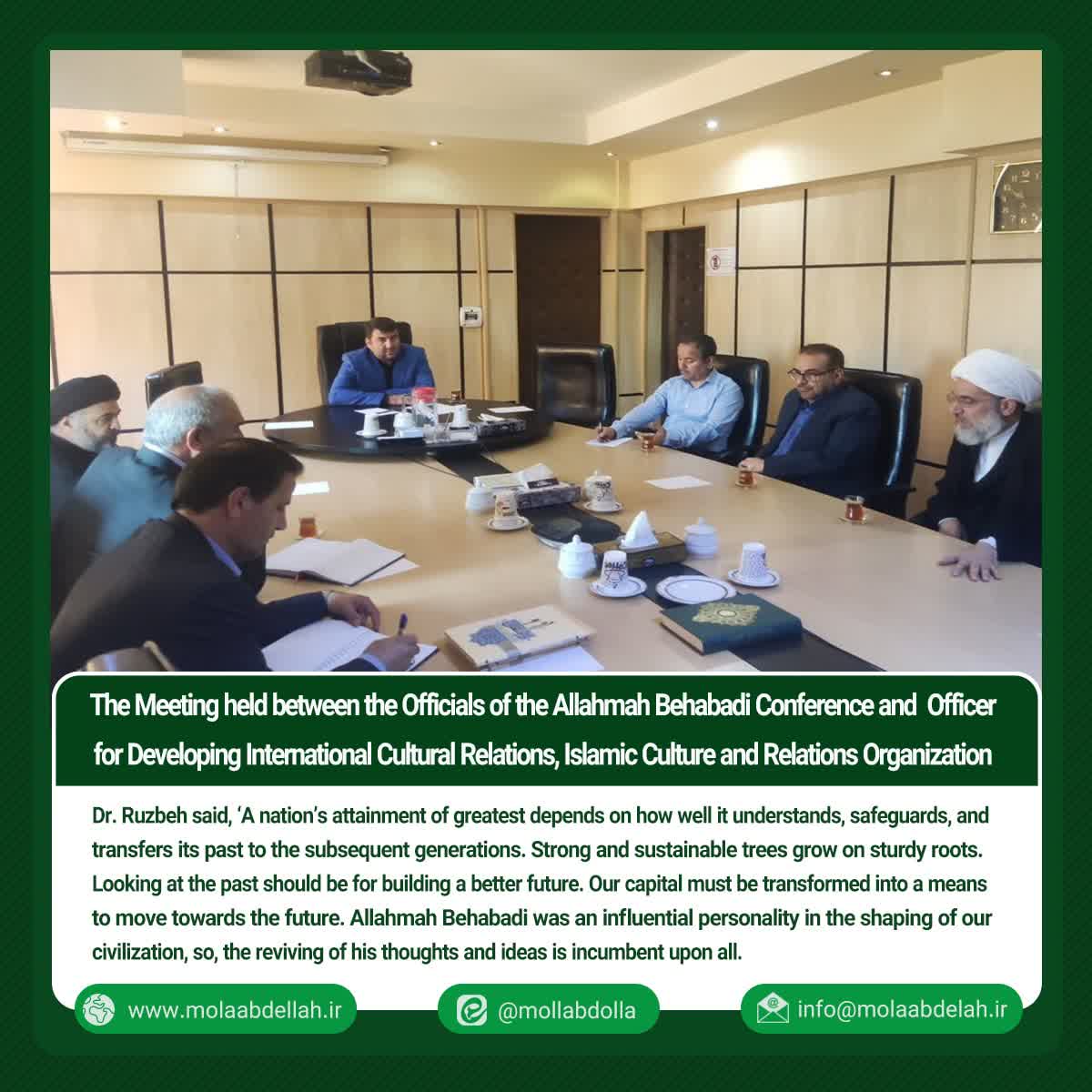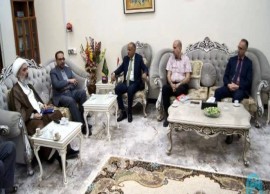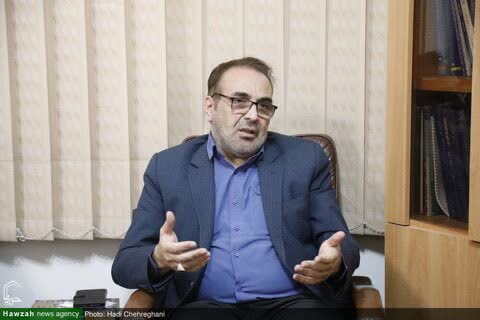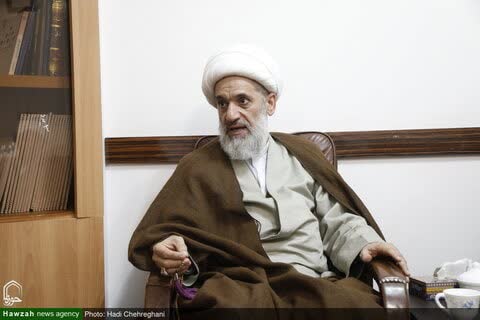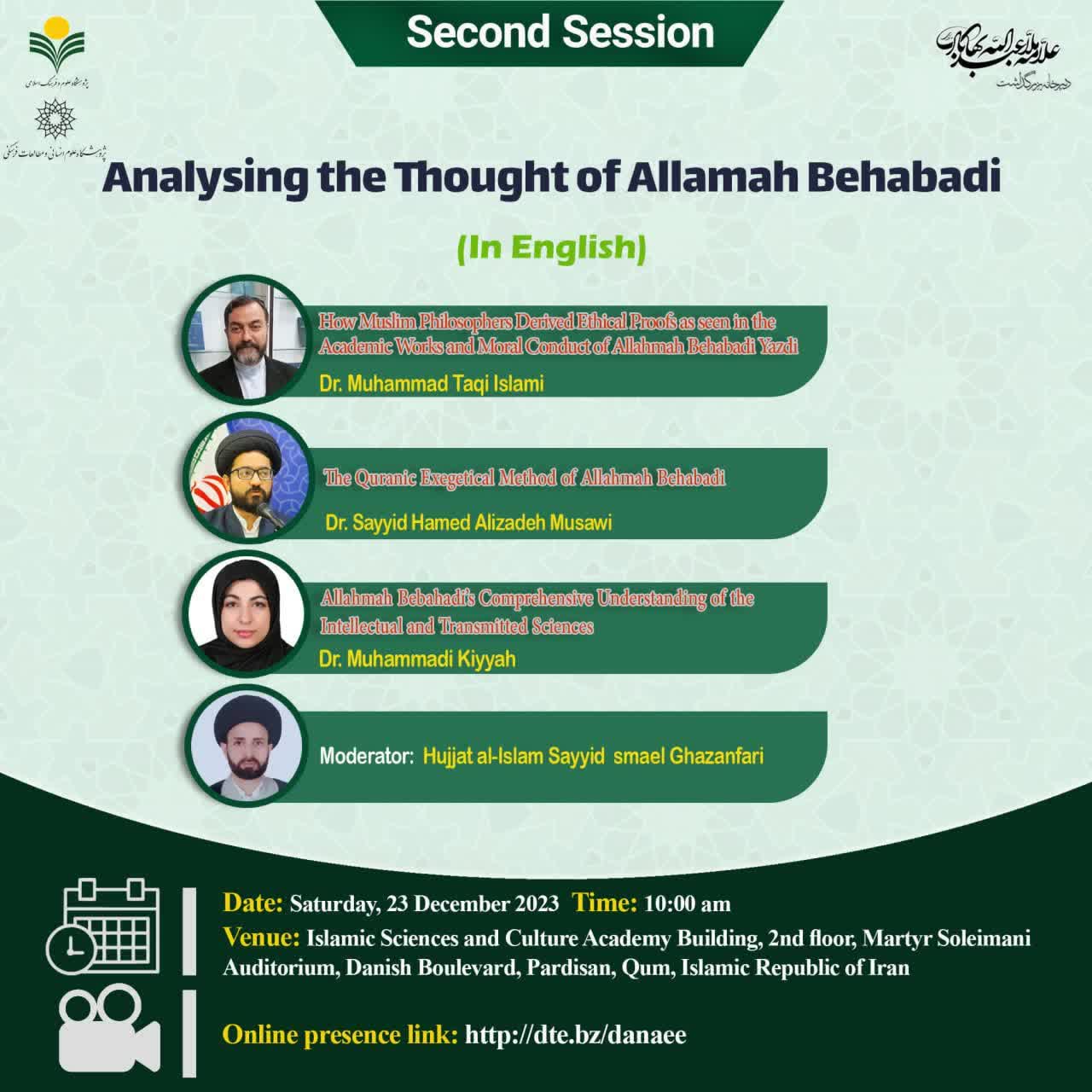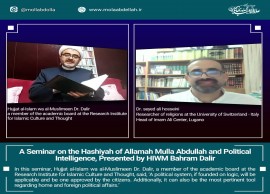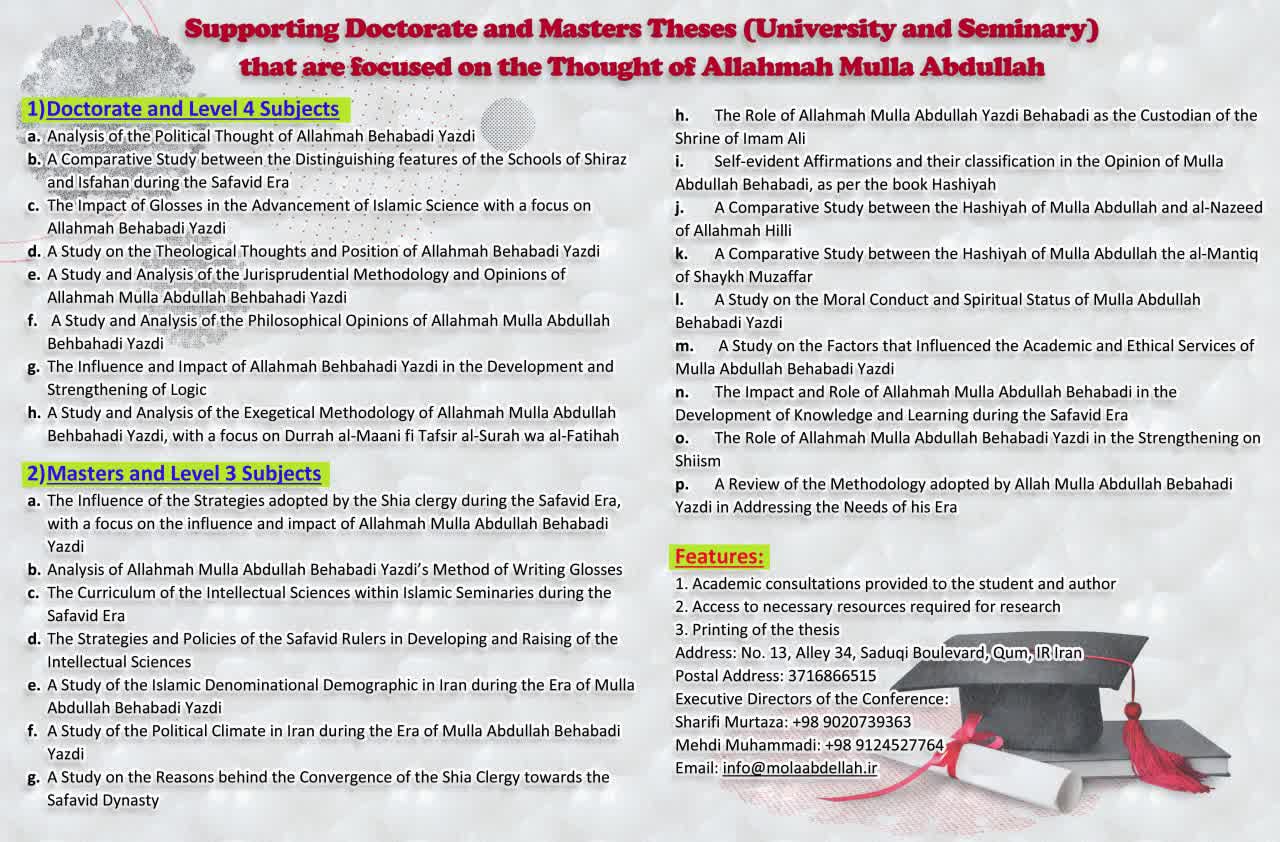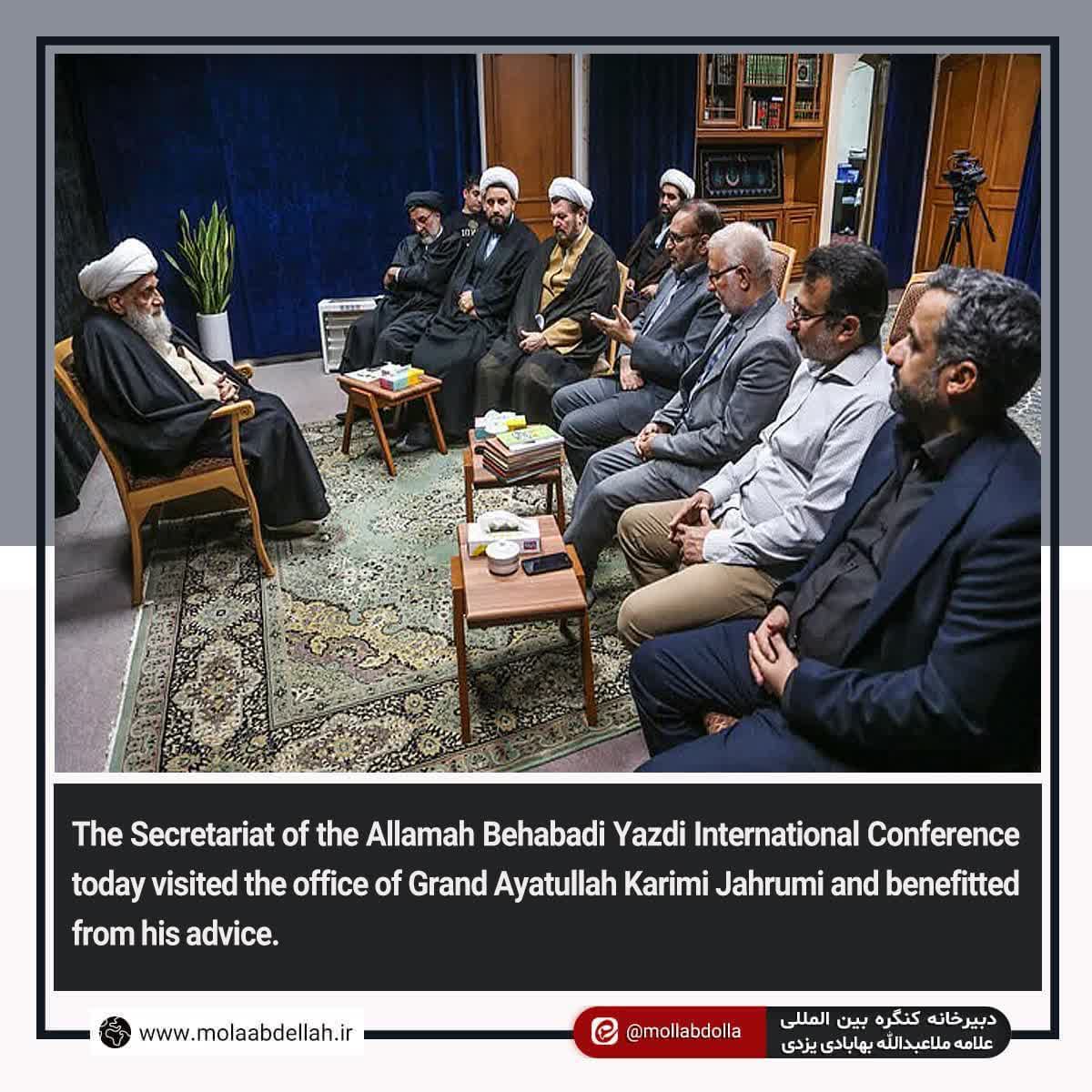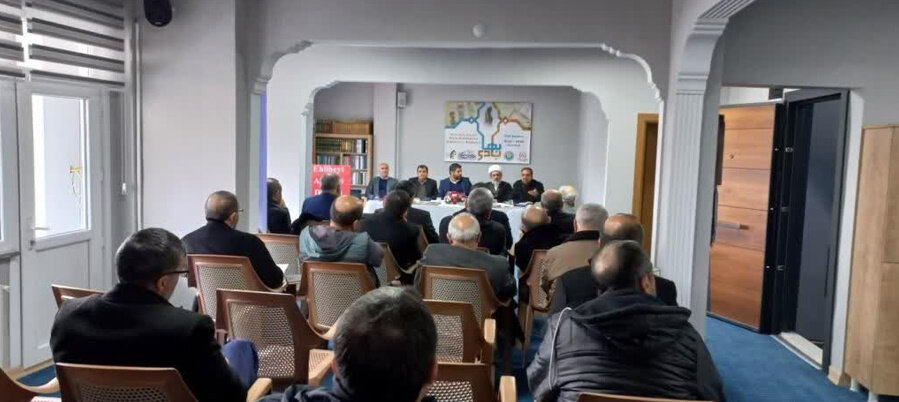Mala Abdallah Bahadi Yazdi, who belongs to the Bait al-Mulla clan in Najaf, was the source of the work and besides his scientific services, he also had great cultural services.
To which Iranian scientific and cultural figure are the Baitul Molla tribe of Najaf attributed?
Mala Abdallah Bahadi Yazdi, who belongs to the Bait al-Mulla clan in Najaf, was the source of the work and besides his scientific services, he also had great cultural services.
Safavid kings, for various religious and political reasons and governmental interests, while respecting and sanctifying religious scholars, sought their opinion on various matters. These respects and consecrations were mostly to maintain their position and to enjoy the support of the Shia community, which was under the command of scholars and jurists.
On the other hand, the scholars also used this situation to expand and influence the Shia school. In fact, their relationship with the Safavid kings played an undeniable role in the expansion and influence of Shiism. So that Shiism came out of isolation at this time and with the officialization of Shiism, the publication and propagation of Shiite ideas became very popular and scholars and elders such as Mohaghegh Sani, Allameh Malabadullah Yazdi, Sheikh Baha'i and Allameh Bozorvar Majlesi, directed the policies of the Safavid court. Towards the promotion and propagation of Shiism, they performed unique services for Islam and Shiism.
The Safavid sultans considered it important to visit the graves of Imams Athar (a.s.) in Arab Iraq, the development and development of these holy Shiite places, was placed at the top of the religious, cultural, political and social programs of the Safavid government.
This period is one of the peak periods of Shiite thought. Mala Abdallah is also one of the scholars who, in the light of the relationship with the Safavid court, made many efforts to spread Shiism and solve the problems of Shiites. On behalf of the Safavid sultans, the Mukhon held the position of treasurer of the Holy Shrine of Hazrat Ali (peace be upon him). After his death, his children took over this position.
The tribe that is now known as "Bait al-Mulla" in Najaf Ashraf is attributed to the Akhundand.
Treasury services of the Holy Shrine of Hazrat Ali (peace be upon him).
From the second half of the 10th century, scientific prosperity returned to Najaf. Allameh Bahabadi's influential actions as guardian of the holy shrine of Hazrat Ali (AS) and the ruler of Najaf Ashraf, such as facilitating the access to drinking water through digging rivers with the support of the Safavid kings and building strong ramparts and ensuring the safety of the residents' lives, as factors for the renewed prosperity of the area. Najaf has been counted. Here it is necessary to mention about an important school in Najaf.
Mulla Abdullah School
The construction date of this school goes back to the second half of the 10th century. Mala Abdallah Bahadi of Yazdi, who became one of the leading scholars of intellectual sciences and teachers of literature and classical sciences in the 10th century (died 981), the author of the margin on the logic section of Tahzeeb al-Mutiq and al-Kalam, a work by Taftazani belonging to the same period in Najaf, and his book is still one of Common textbooks in seminaries are considered.
To which Iranian scientific and cultural figure are the Baitul Molla tribe of Najaf attributed?
Allameh also left important works in the fields of jurisprudence, philosophy, interpretation, mathematics, etc.
Mahdia School
In fact, this school is the school of Mullah Abdullah Bahadi of Yazdi, which was the place of tulit at the beginning of Allameh's presence at the holy threshold of Amir al-Mu'minin Hazrat Ali (AS), then it became a religious school and is now known as Mahdiyeh School.
Mahdia school is located in Mashreq neighborhood and in front of the tombs of Allameh Seyyed Mahdi Bahrul Uloom and Sheikh Tusi and next to Qavam school.
To which Iranian scientific and cultural figure are the Baitul Molla tribe of Najaf attributed?
The founder of this school is Allama Sheikh Mahdi, the son of the great scholar, Sheikh Ali Al-Kashif al-Ghita. He restored and restored this school in 1284 AD. This school is located in "Al-Mashiraq" neighborhood behind the Sheikh Tusi Mosque and has an area of 700 square meters and 26 stalls on one floor. The last date of reconstruction of the school is 1365 A.H., which was done by the order of Sayyid Abul Hasan Esfahani, one of the great Shiite authorities.


